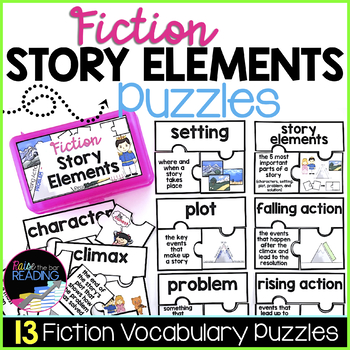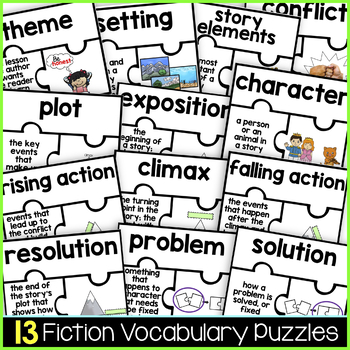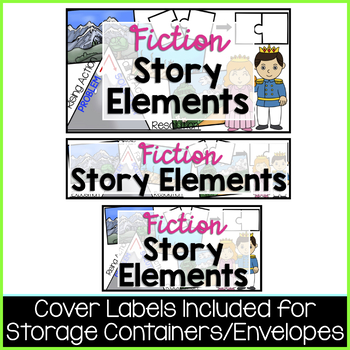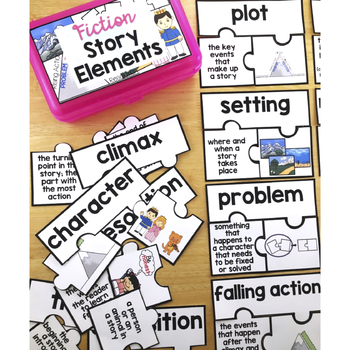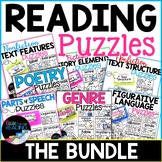Fiction Story Elements Puzzles, Vocabulary Activities or Reading Center
- PDF
What educators are saying
Also included in
- These reading vocabulary puzzles are a fun, interactive activity that are a great way to reinforce academic reading vocabulary. They are very versatile and can be used as part of a reading center, for partner work, in guided reading groups, as an early finisher activity, or as independent practice!Price $19.00Original Price $26.00Save $7.00
Description
These vocabulary puzzles are a fun, interactive fiction story elements activity that are great to use as part of a reading center, in guided reading groups, an early finisher activity, or as independent practice on elements of fiction!
These 13 fiction vocabulary terms, student-friendly definitions, and images can also be found as part of the Fiction Word Wall and are described in more detail in the Fiction Anchor Charts & Student Notebook Sheets.
Terms Included:
• story elements
• character
• setting
• plot
• exposition
• rising action
• climax
• falling action
• resolution
• problem
• solution
• conflict
• theme
- Also Includes different sized labels for storage containers or envelopes!
- Prints 2 completed puzzles per one standard 8.5 by 11 piece of paper.
More Reading and Writing Resources:

